- Established 1982 -HOME: www.hiltonpond.org
THIS WEEK at HILTON POND Subscribe for free to our award-winning nature newsletter (Back to Preceding Week; on to Next Week) |
HUMMINGBIRD WHITECAPS We received numerous inquiries throughout August from feeder-watchers wondering whether Ruby-throated Hummingbirds with "whitecaps" are leucistic individuals lacking pigment in their crown feathers (see photo below). Some folks seem genuinely surprised when we explain the "whitecaps" are almost certainly caused by deposits of sticky pollen from flowers the hummers visit for nectar.
All text, maps, charts & photos © Hilton Pond Center Here at Hilton Pond Center we don't have a great variety of blooming plants this time of year, so it's quite likely crown pollen like that in our attached photo comes from the long tubular orange flowers of Trumpet Creeper, Campsis radicans. The reproductive structures in this vine's blossoms are along the top rim of the tube (see photo below)--positioned perfectly for pollen to get picked up and transmitted by a hungry hummingbird.
All text, maps, charts & photos © Hilton Pond Center Since our local floristic offerings are meager, what we can't figure out is the source of the yellow pollen on the throat of the hummingbird in the top photo. (Unless the hummers are flying upside down to feed, it's NOT from Trumpet Creeper!) We suspect throat pollen could be from the few Rose-of-Sharon blooms scattered about on the property (see photo below). Of course, hummers are known to forage up to a half mile from their "home base," so it may be some nearby neighbor has a lush flower garden the Center's ruby-throats visit when they're not gorging on our Trumpet Creeper and copious sugar water offerings.
All text, maps, charts & photos © Hilton Pond Center If we had more time during our busy banding season we could take samples of the pollen on hummingbird crowns and throats and ask a botanist to examine the powder under a microscope. Since pollen grains from various plants often have distinctive shapes and colors, such analysis might provide a clue to the source of all this yellow coloration we see on hummer heads. NOTE 1: We should mention some hummingbird banders keep track of which individuals they've banded by placing a drop of "white-out" on each hummer's head. Such a mark will look very different from the pollen deposits described above.
All text, maps, charts & photos © Hilton Pond Center NOTE 2: Our preferred method of marking banded Ruby-throated hummingbirds at Hilton Pond is to anoint their lower necks with non-toxic GREEN dye, as in the photo just above. This coloring wears off after about four weeks but in the meantime keeps us from pulling the string on traps entered by already-banded hummers lured in by a sugar water feeder. From afar, we can't see the tiny band on each bird's leg, but we CAN see the green mark. If you live south or west of Hilton Pond Center (York SC USA) during fall bird migration, be alert for green-marked ruby-throats at your feeder; likewise, look for the mark in spring if you are north of York. If you see a marked hummer, get as sharp a photo as possible and let us know immediately at RESEARCH. All text, maps, charts & photos © Hilton Pond Center BUMPER CROP OF YOUNG CARDINALS Second only to Ruby-throated Hummingbirds in number this week at Hilton Pond Center were the 15 Northern Cardinals we banded--ALL of which were this year's fledglings, These young birds were easily aged by their scruffy, mottled plumage and more or less brownish-black bills. Adult birds have better-formed crests, their feathers are more sleek, and they sport bright orange mandibles.
All text, maps, charts & photos © Hilton Pond Center Just-fledged cardinals usually cannot be conclusively sexed by plumage, but they quickly begin bringing in "adult" feathers and are easily told apart. Males (above) have a black mask around the base of the bill--that feature is much grayer in young females (below)--and their body plumage is scarlet rather than pale reddish-brown. The neck and body of the hatch-year male above reveal a mix of the two feather types.
All text, maps, charts & photos © Hilton Pond Center In fledgling Northern Cardinals the dark bill color--mostly melanin pigment--likely results from their diet in the nest. Adult cardinals feed their chicks a lot of insect fare, but fledglings and adults eat mostly seeds containing carotene and xanthophyll pigments of red, orange, and yellow. The brighter red color in mature plumage comes from those same plant-based pigments in berries and seeds that are the adults' new eating preferences. All text, maps, charts & photos © Hilton Pond Center HILTON POND SUNSETS "Never trust a person too lazy to get up for sunrise
All text, maps, charts & photos © Hilton Pond Center Sunset over Hilton Pond, 27 August 2022 As we watched big puffy white clouds against a blue sky in the west, a huge thunderclap sounded overhead and another 0.87" of rain Don't forget to scroll down for lists of Hilton Pond supporters and of all birds banded and recaptured during the period. Photoshop image post-processing for this page employs |
|---|
|
"This Week at Hilton Pond" is written and photographed by Dr. Bill Hilton Jr., executive director of Hilton Pond Center for Piedmont Natural History
|
|
|
Please refer "This Week at Hilton Pond" to others by clicking on this button: |
|

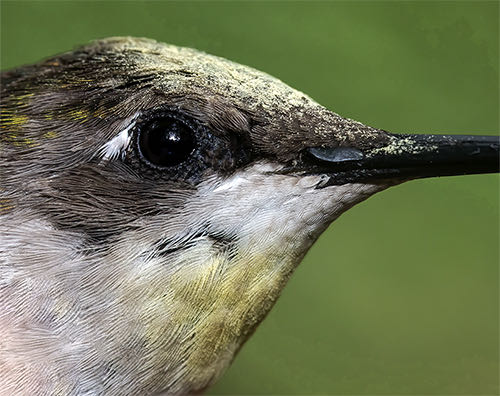
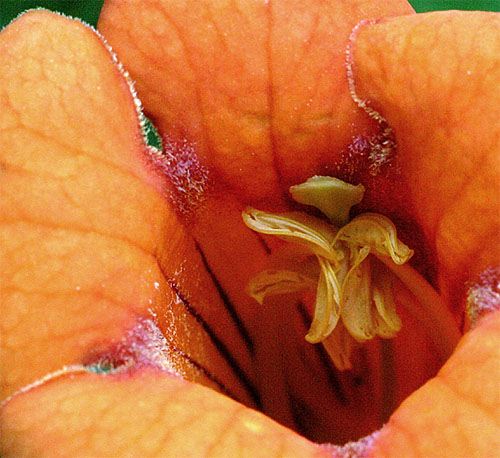
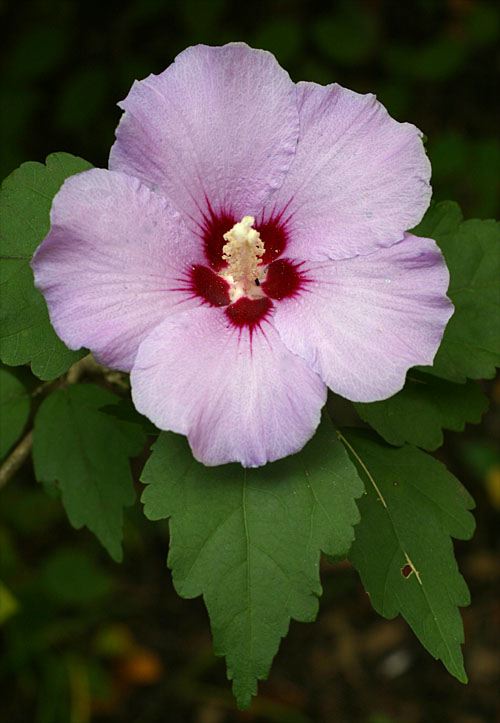
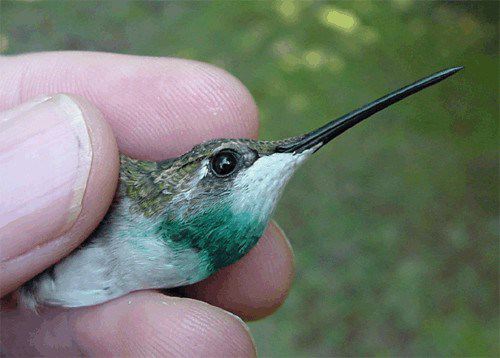
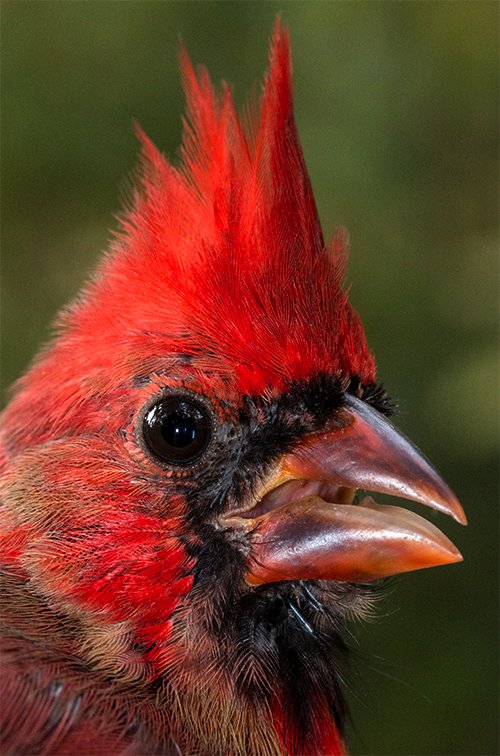

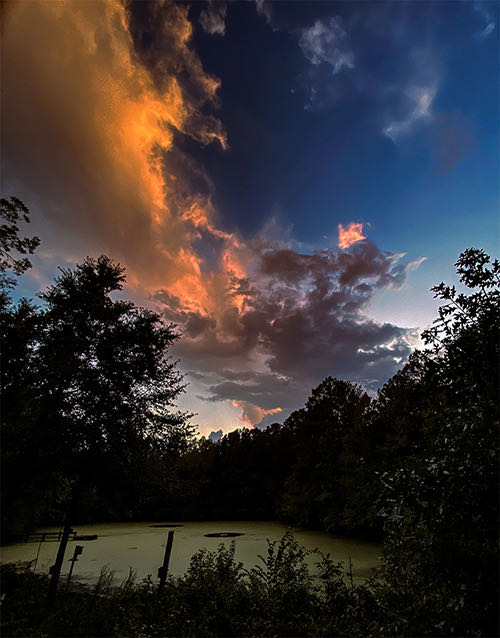









 Please report your
Please report your